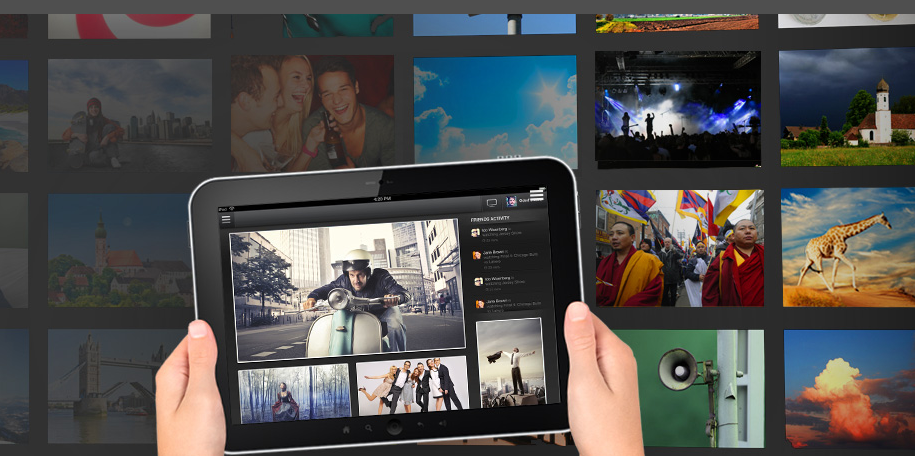M+E Daily

Media, Tech Execs: Live OTT Streaming Remains Challenging
Story Highlights
Over-the-top (OTT) live video streaming remains challenging, so using experienced managed solution providers to handle the job is the best option for content companies, according to media and tech company executives who participated in a Kaltura-sponsored webinar Sept. 28.
The main expectations that content owners have when delivering such content are “flawless execution,” the ability to monetize the stream, achieving a broad reach and creating a positive user experience, Glenn Adamo, president of Ivanhoe Media & Entertainment and an ex-NFL executive, said. “This hits very close to home” because last year, while he was an executive at the NFL, it conducted its “first experiment” of such content delivery with Yahoo, where “as the content owner, the expectations were very high,” he said.
In that instance, the NFL and CBS streamed a game from London on Yahoo that attracted about 15.2 million global viewers and it was “deemed a success,” he said. People in 185 countries watched the game and a whopping 8.5 petabytes of data was delivered, he said. The game itself was broadcast by CBS, while the pregame and halftime shows were broadcast by the NFL Network. Domestic and international feeds were used and Yahoo then distributed them to the content delivery networks (CDNs), Adamo said.
Challenges for content owners include the delivery of “high value content,” event coordination, and how to make the experience “special” for viewers, he said. Questions the content owners should be asking, he said, include: “How is it going to become seamless end to end, so that you don’t notice anything — that the latency is low, that there’s high-value content that allows you to monetize it, and also monetize it two ways — either via subscription but mostly by ad-insertion and/or pay-per-view?” Achieving “high quality” with low latency is a “real concern,” he said.
Other challenges for the content owners include finding an easy to adopt distribution model, he went on to say, adding that the content delivered must be diverse and redundant because, especially with a live event, “it’s not like you can go back and get packets and redeliver them.” Content owners “almost need to look at this event as a simulcast,” so they “really want to make sure that your latency and delay has been dealt with so that the broadcast is not 30 seconds or a minute ahead of the stream itself,” he said. Another question that the content owner needs to ask is how it can you make commercial integration different, so that it brands the company effectively, he said.
Content owners should partner with a company that has a lot of experience with streaming content on a daily basis, he said, and the NFL “learned a lot” through four days of testing prior to the game, he added. A strong back-up plan is required and a company must also make sure that viewers can read graphics during the stream, regardless of what device is being used to view it, he said.
A “turnkey solution, in my opinion, works best because there’s too many cooks, so to speak, that could spoil this dish and those that have the most experience doing this are usually the best,” he added.
The cornerstones for a successful OTT operation include the ability to monetize one’s content, Amir Segev, VP of product marketing at Kaltura, said, adding: “Video is challenging, and live video is even more challenging.” Continued investment is also important, he said, pointing out that we are now shifting to 4K from HD.
Content creators really need to “focus on what you do best,” Vincent Lyons, SVP of digital products at Encompass Digital Media, advised in the final presentation of the webinar. And what they do best is creating great content that people want to watch so that the content makers can sell ads that generate revenue, he said. To achieve that, content owners must ensure that the experience is equivalent to today’s cable and satellite experiences, he said, adding the last things they want are poor quality media or buffering that stutters the playback.
Companies must also avoid investing in technology that is already old and outdated, Lyons said. They should look to Software as a Service (SaaS) business model options, where clients focus on the application and not on the software setup, maintenance, and infrastructure, he went on to say.









